This is a copy of van Eyck’s lost picture. Completed in the late 16th century by an unknown artist.
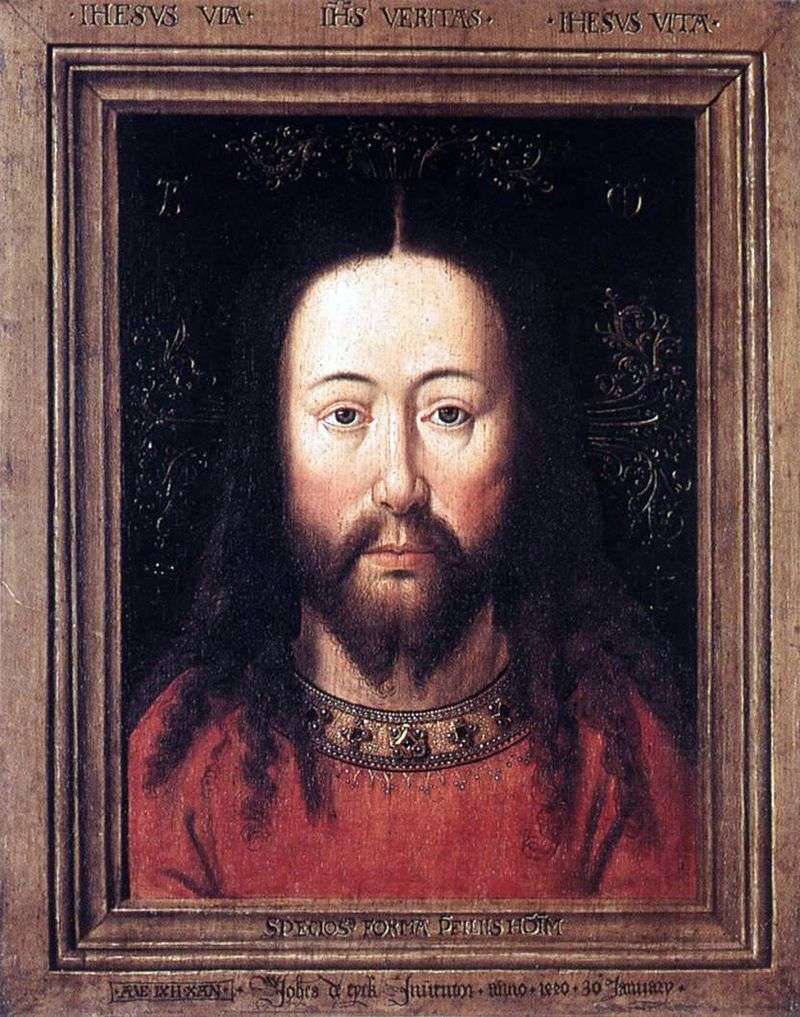

This is a copy of van Eyck’s lost picture. Completed in the late 16th century by an unknown artist.
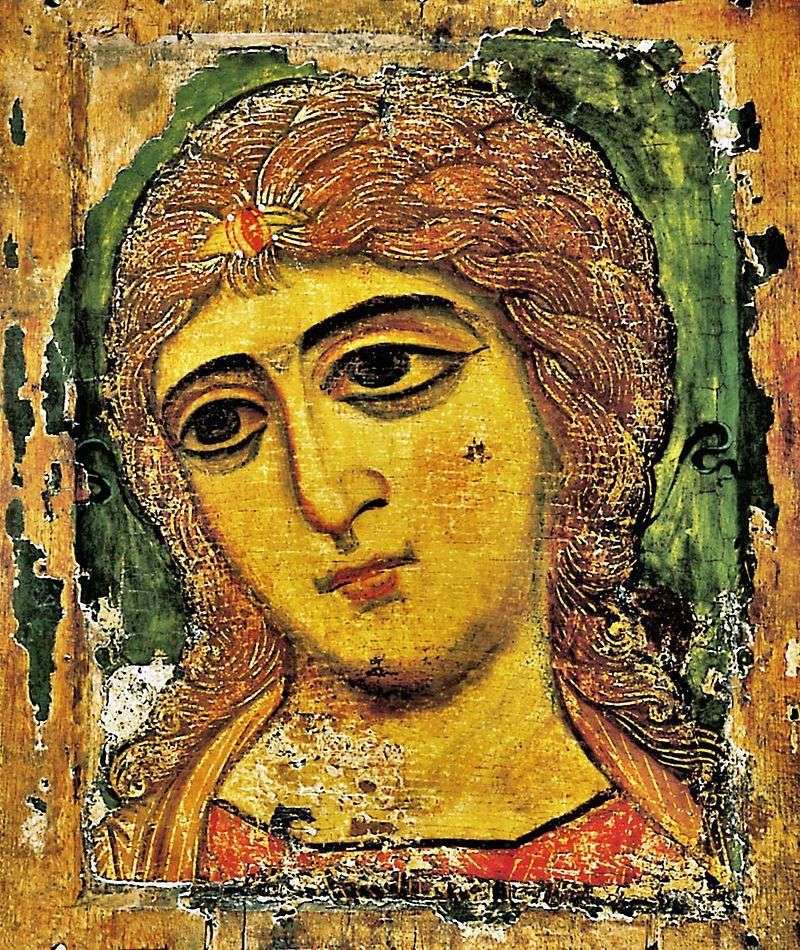
Archangel Gabriel, from the main Deesis Tier XII century. Wood, pavoloka, gesso, egg tempera. 48,8 х 38,8 х 2,8 The oldest icon in the collection of the Russian Museum, one

This pair portrait is recognized as one of the tops of all European culture. He is full of mysteries, provoking new interpretations and continuing to cause heated controversy. E. Panofsky,
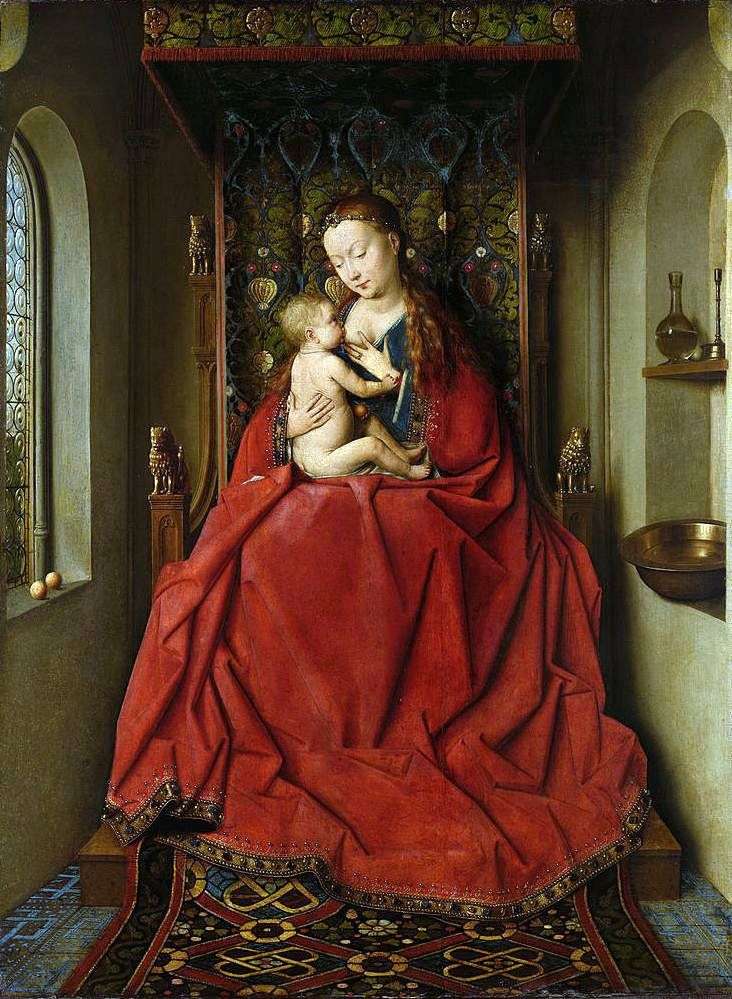
The painting “Lucca Madonna” or otherwise “Maria nursing” written by artist Jan van Eyck around 1430. The fundamental role of the idea of the beauty of the universe as the
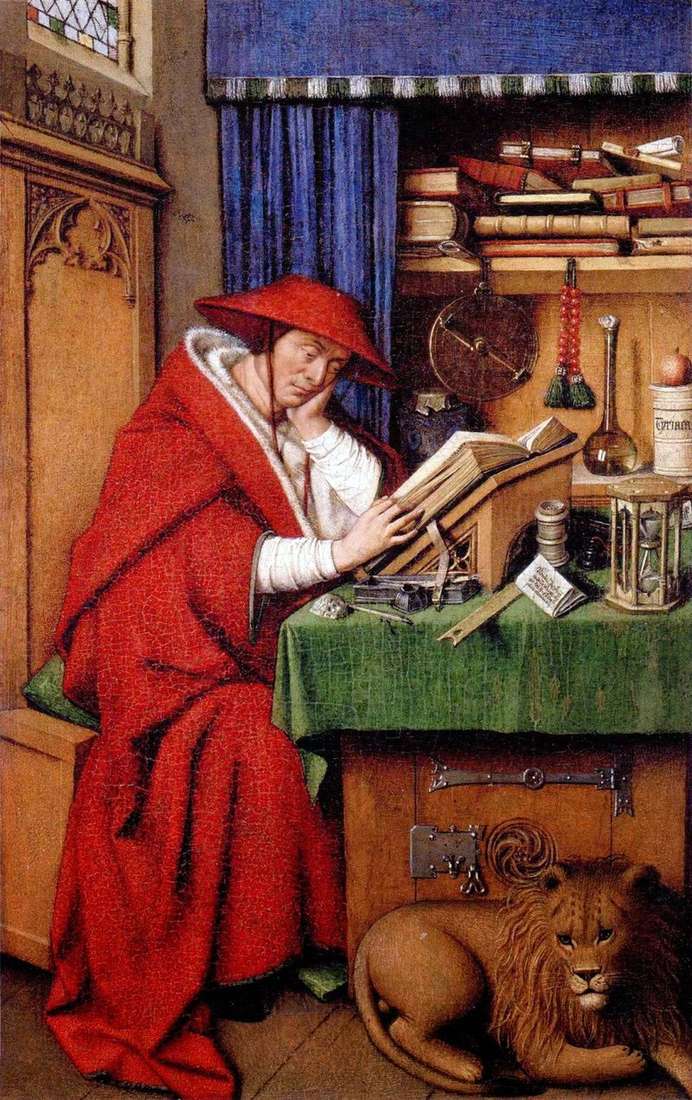
The date of the painting, says that she was finished by the artist’s friends, a year after his death, although it is established – the main part is done by
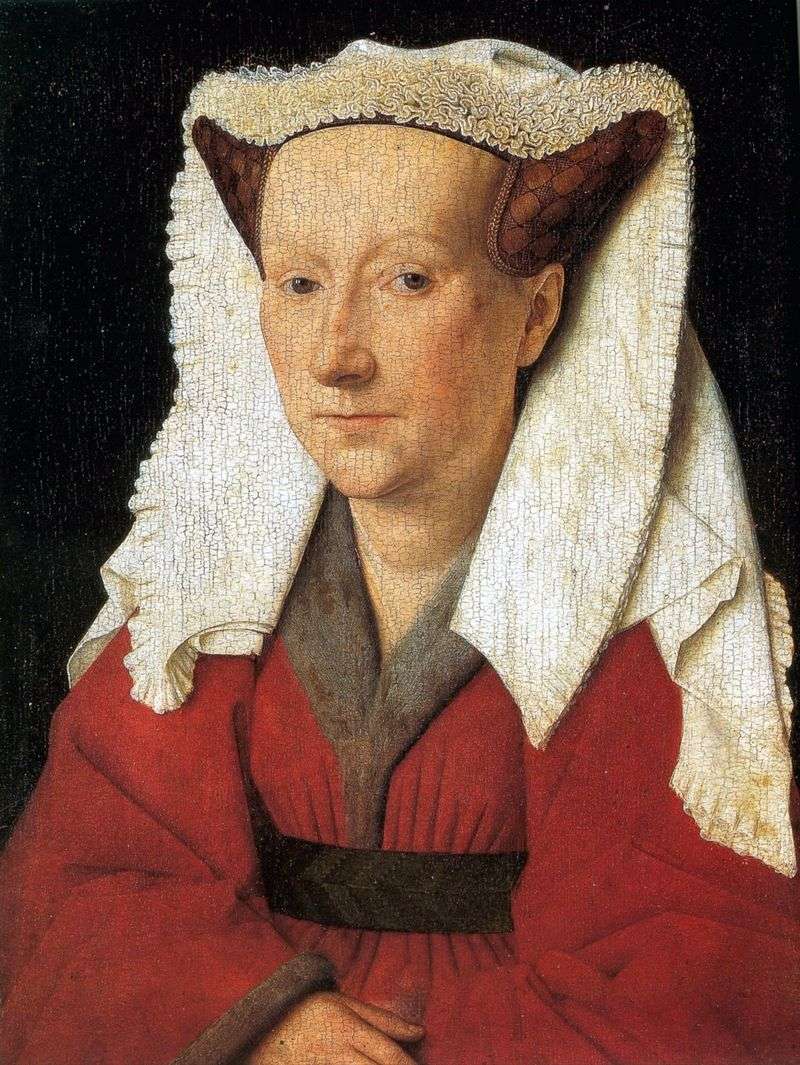
The most consistent new features of the method are embodied in the last portrait of the master – a portrait of his wife Margret van Eyck. Here, behind the character
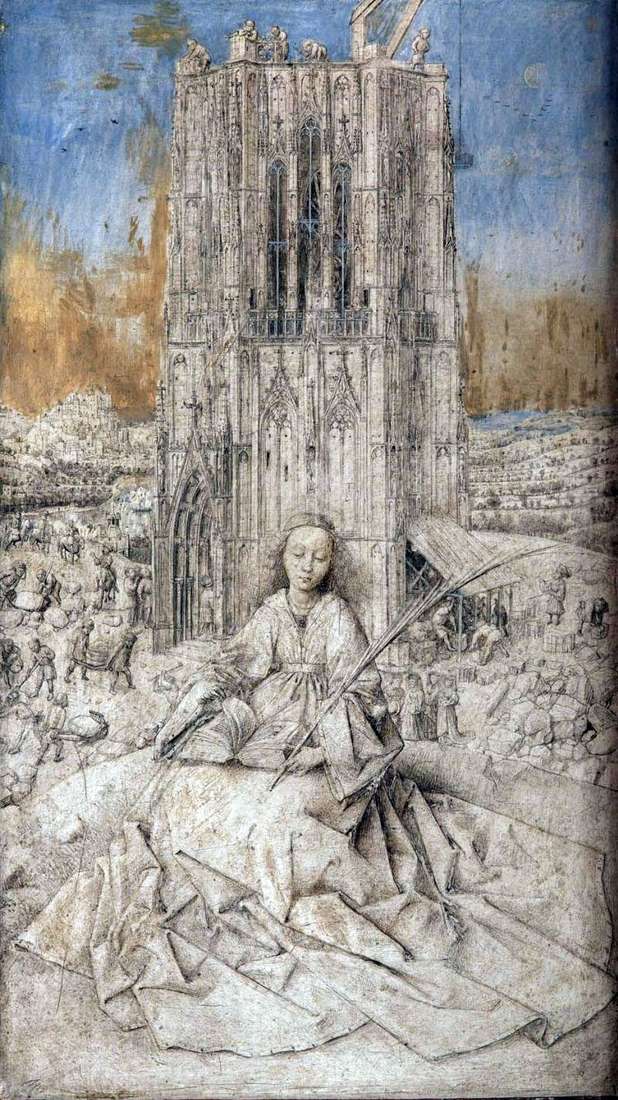
This work is the subject of long disputes among scientists who have not come to a common opinion whether this work is a finished drawing or an unwritten picture. Silvery
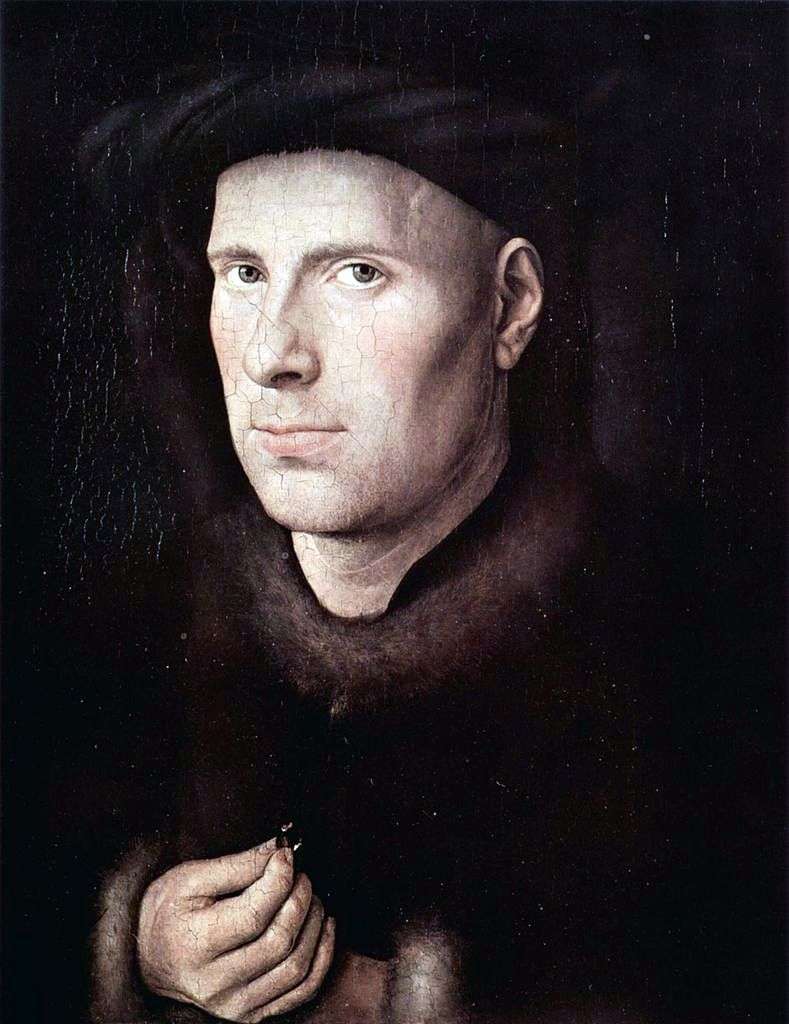
All the works of Jan van Eyck after 1436 bear the echo of the pathos of objectivity, which in such a sharp form was manifested in the painting “The Canon
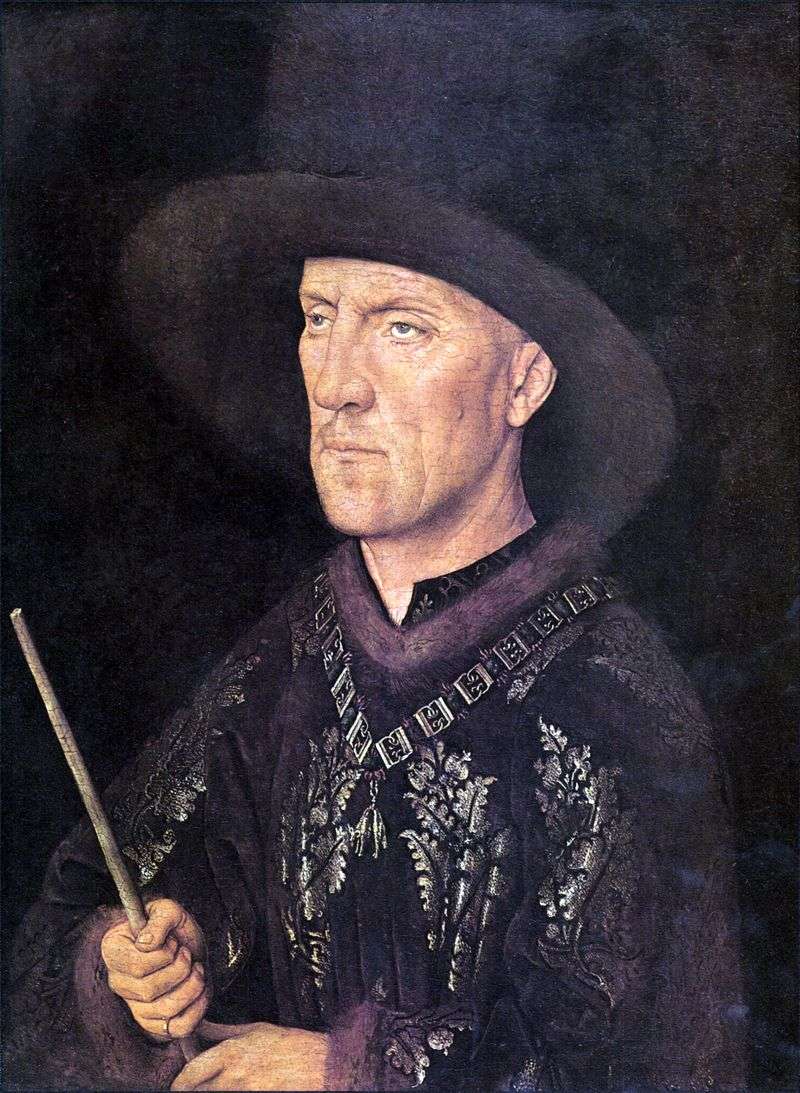
The painting “Portrait of Baudouin de Lanoi” was painted by the Dutch painter Jan van Eyck around 1435. The man in the portraits of Jan van Eyck and the bearer
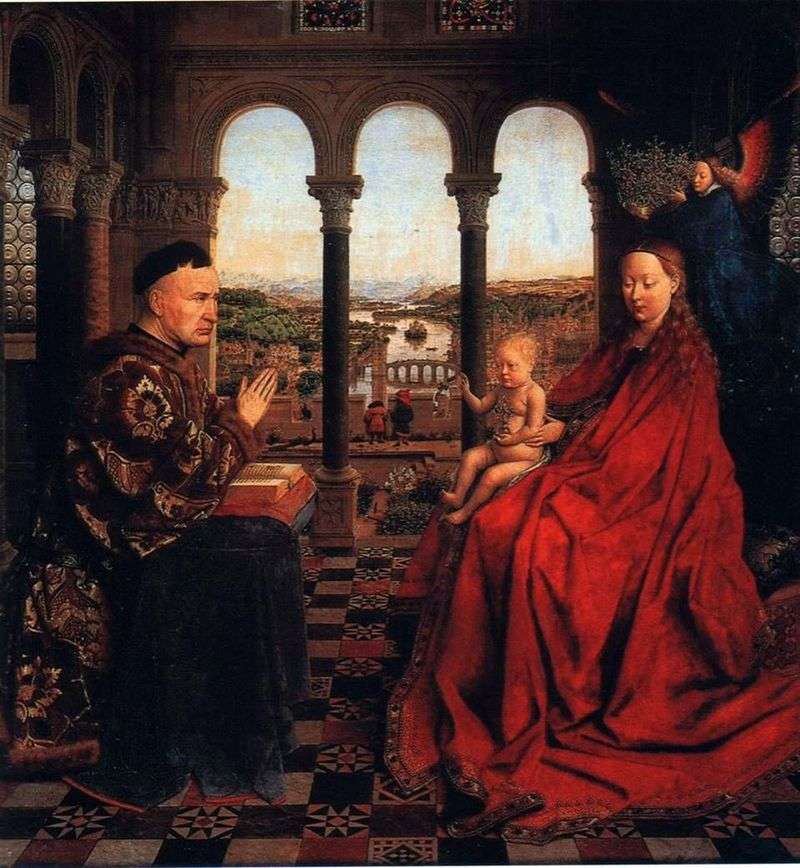
The first documentary information about this painting dates back to 1778. It is not signed, but most experts agree that its author, no doubt, was Jan van Eyck. The work

We have at our disposal only two drawings, the author of which, undoubtedly, is Jan van Eyck. The first of them – an exquisite sketch for the male portrait, made

In addition to the “Ghent Altar”, there are a number of paintings that are attributed to either Jan van Eyck or his brother Hubert. In general, these things are very
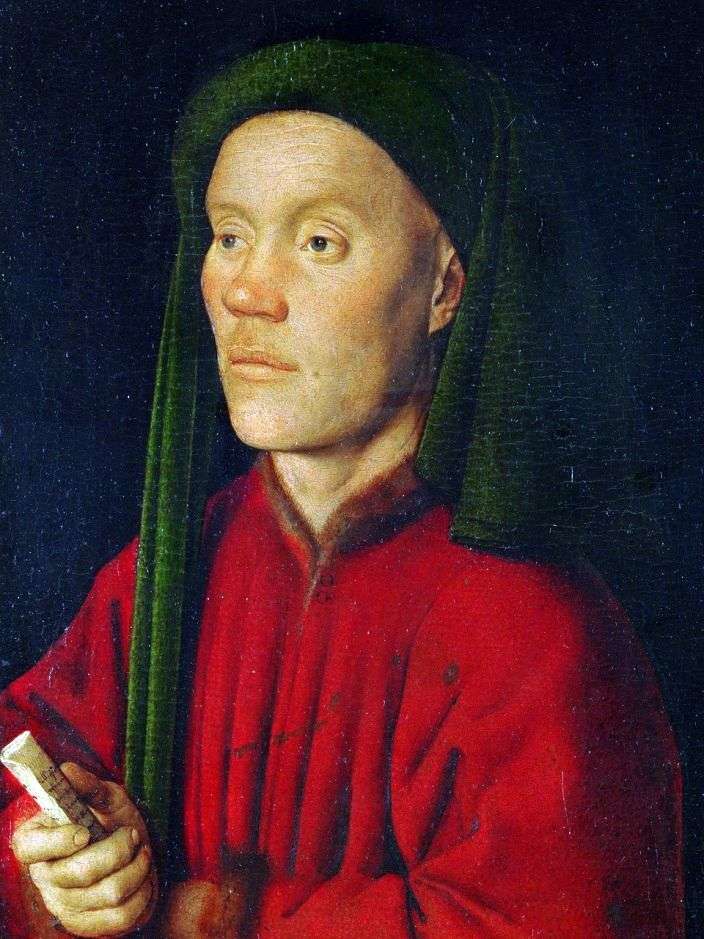
Eight portraits have come down to us, which with sufficient certainty can be called the works of Jan van Eyck. Let’s add to them. a few more works of this

The customer of the painting was the canon van der Palet. As in the “Madonna of Chancellor Rolina,” Van Eyck is trying to show the presence of the divine in
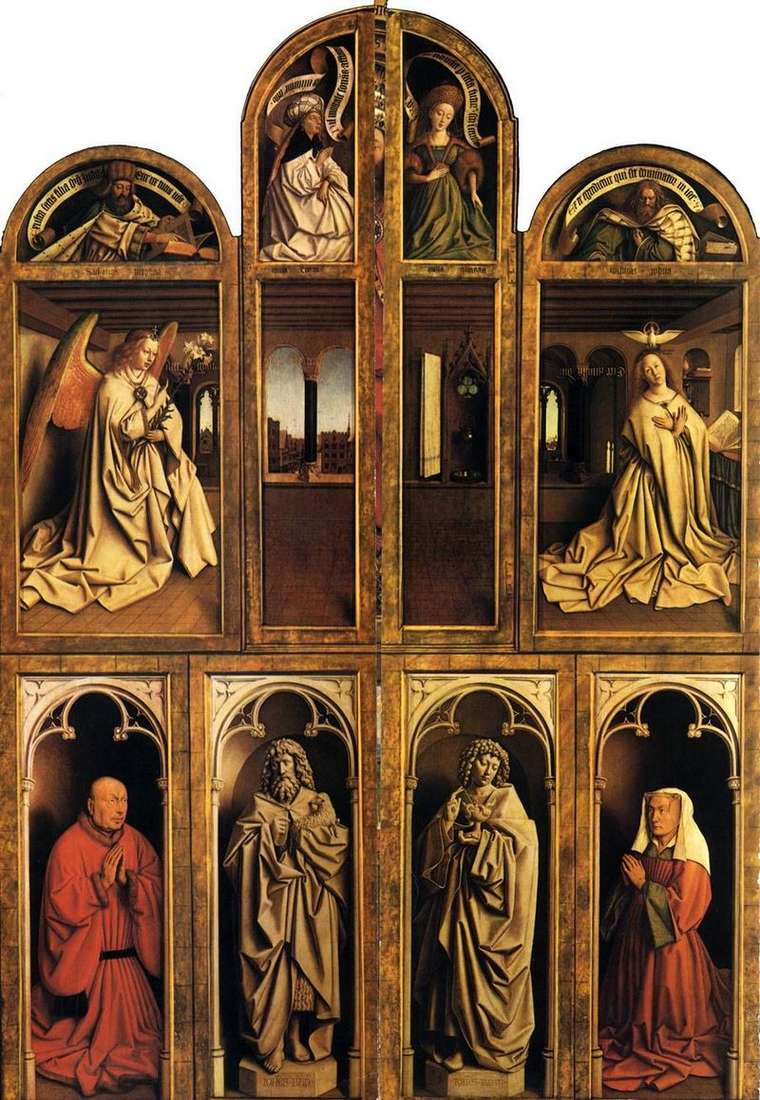
In the closed state, the altar resembles a room above an underground chapel. In fact, it is located above the ground in the castle with a view of the city
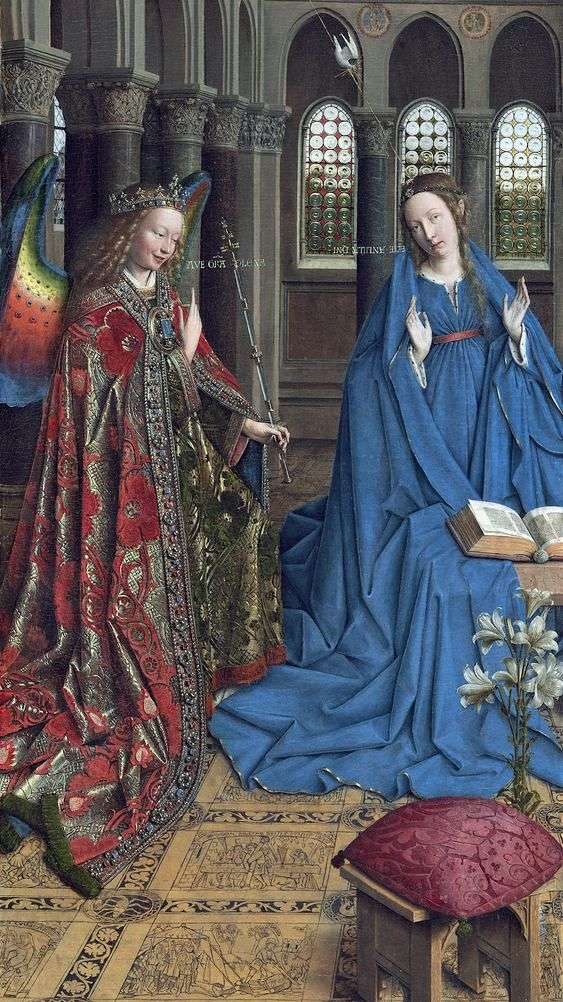
The painting “Annunciation” was painted by painter Jan van Eyck in the heyday of his talent. In fact, the scene is understood as both an event and an upcoming action.
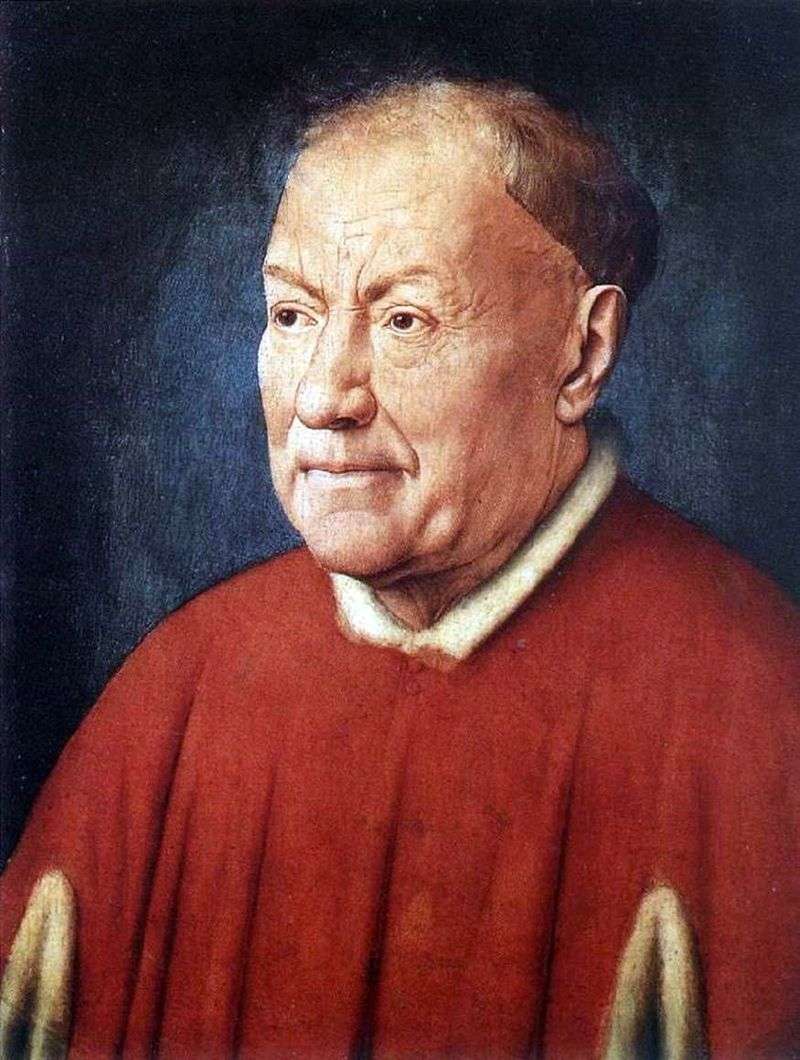
Jan van Eyck painted the one who came to the Burgundian court as the papal legate of Cardinal Niccolo Albergati in 1431. Jan van Eyck carefully transferred facial features to
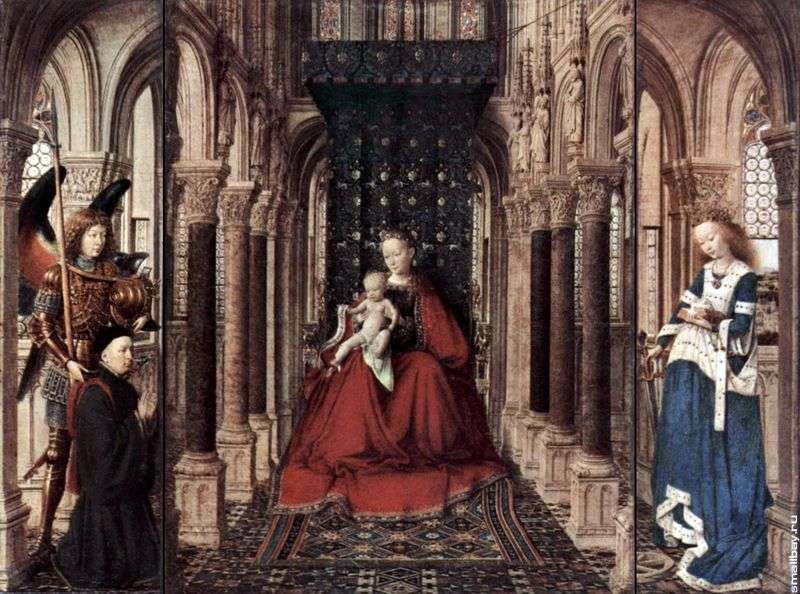
The altar of the Virgin Mary or the so-called Dresden triptych. The left wing of the altar: the archangel Michael with the donor. The right wing of the altar: St.
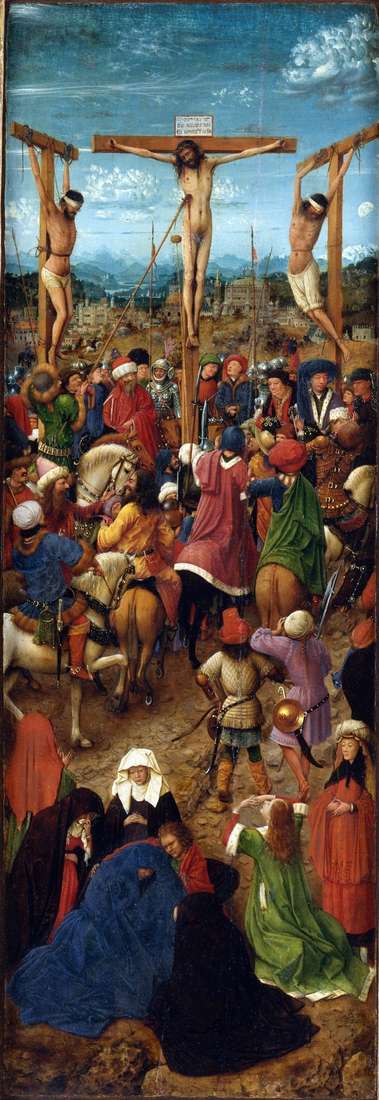
It is believed that the left wing of the diptych “Crucifixion” was written by the Dutch painter Jan van Eyck in the 20s of the 15th century. Other historians of
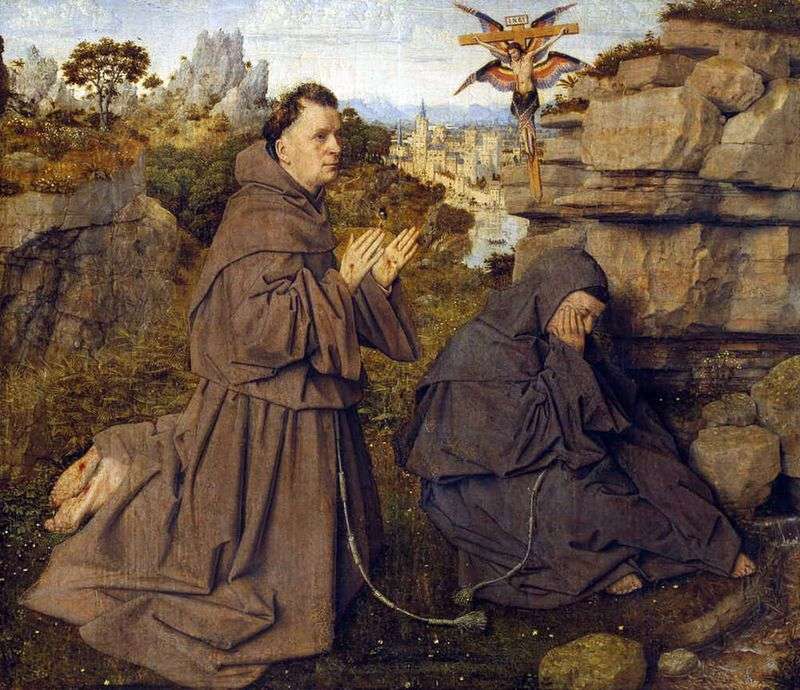
The painting “Stigmatization of St. Francis” was written by artist Jan van Eyck in 1428-1429. The desire in any scene, in any person and subject to reflect primarily the beauty
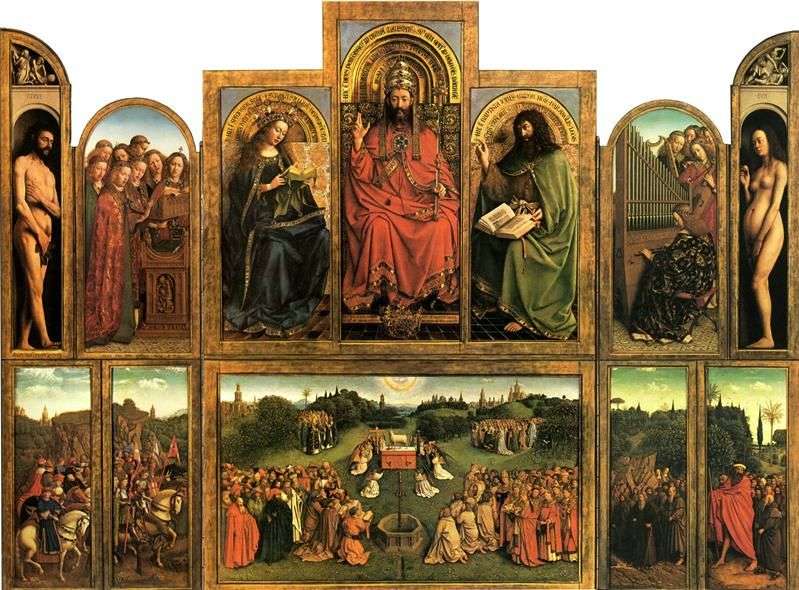
The Ghent polyptych of the brothers van Eyck is the central work of art of the northern Renaissance. This is a grandiose, multi-part structure, measuring 3,435 by 4,435 meters. The